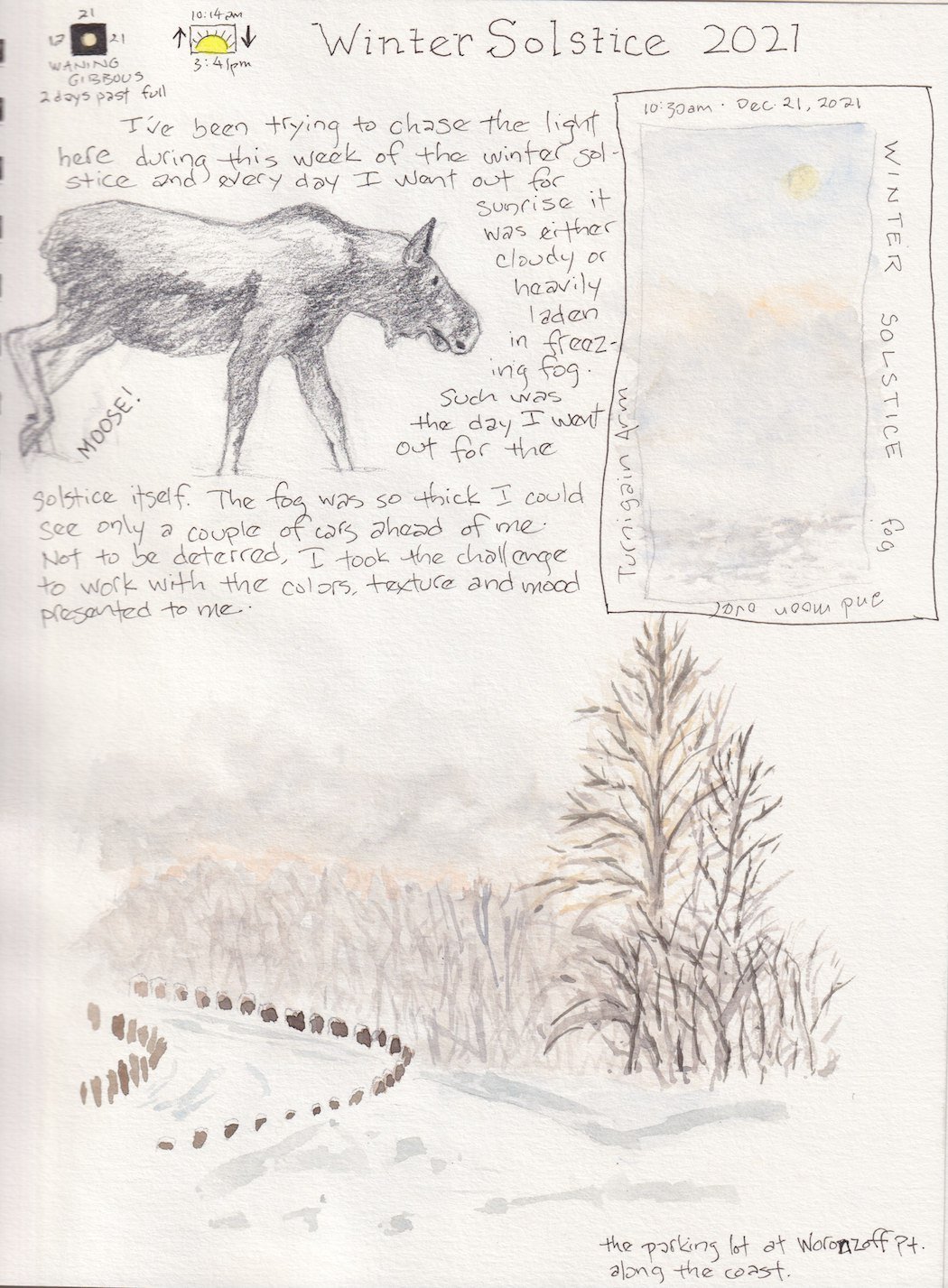The Winter Solstice
The shortest day of the year, or the longest night of the year as some think of the winter solstice, is notable anywhere you are. Cultures all over the world have special celebrations on this day. Most cultures associate the winter solstice with agricultural patterns and the return of light to the earth. Some celebrations honor pagan gods, others Christian gods. Some are based on astronomy, others are based on astrology. All celebrate the return of light; that light prevails over darkness; that the sun gods have protected the crops and the people, and this protection should be honored; that a new season is upon us and we should rejoice! Some solstice celebrations are intertwined with the beginnings of the Christian holiday of Christmas. Here are a few from around the world:
Willkakuti (Bolivia)
Lohri (India)
St. Lucia’s Day (Sweden)
Dong Zhi (China)
Inti Raymi (Peru)
Shalako & Soyal (Zuni & Hopi, respectively)
Santo Tomas (Guatemala)
Newgrange Gathering (Ireland)
Winter Solstice Lantern Festival (Vancouver, BC Canada)
Shab-e Yalda (Iran)
First Fruits Festival (Zuni)
In Anchorage, there seemed to be an emphasis on the solstice and festivals of light over Christmas. One common practice on the solstice is to create ice luminaries, some with color added to the ice for a beautiful transparent glow. Hundreds of luminaries lined the streets of our neighborhood that night.
I’ve not always taken great notice of the winter solstice, other than to greet it with excitement for winter’s arrival. Still, I would breath a gentle sigh of relief knowing that the days would get longer leading to the spring equinox. This meant the earth would begin slowly emerging from its slumber, coming back to life with the return of migratory birds; the buzzing, trilling and clicking of insects and amphibians; the explosion of colors seen only in the warm months; the scent of warm sunshine hitting the forest floor. It became distinctly noticeable with the first signs of spring in February.
This year I took a keen interest in the winter solstice because I now live in a place where the light changes so very drastically from one solstice to the next. I made a point to be outside with my sketchbook to observe the light, to note where and when the sun rose and set in my landscape, to listen and watch for any animal activity. What happens on this, the shortest day of the year, in Anchorage, AK?? I was really excited!
My plan was to head out and find a spot to see exactly where in the east the sun would rise. Specifically, I wanted to see which peaks in the Chugach Mountain Range, which lines the entire eastern side of Anchorage, the sun would rise above to shed light on the sprawling city below. I drove to my selected location, the western edge of the Anchorage airport, a high point in the land that allowed for expansive views of the Chugach Mountains (and always a good place to look for moose and watch incoming/outgoing jets).
The day was a bust. A dense fog covered the city; so dense I couldn’t see beyond a 100-foot radius. To the east, I could not see the mountains. I couldn’t even see beyond the airport property’s boundary fence.
To the west, I could not see Turnagain Arm, whose body of water edges up to the land just below the airport’s western boundary, or the many mountain ranges on the other side of the Arm. I could only see the trees surrounding the parking lot where I sat, engine running for warmth.
Did I mention how cold it was?
Not to be dissuaded, I pulled out my sketching supplies and decided it was a good opportunity to practice bare trees and shrubs, veiled in thick fog. My husband would joke that I need to use a lot of white paint. I first had a good look at the very edge of the water on Turnagain Arm, with a heavy load of fog sitting over it, blocking out not the sun but the waning moon as it was setting! All of this was an interesting challenge of colors, texture and mood.
I saw not one but two moose that day. Lucky me!
It has been a really interesting experience going from the summer solstice to the winter solstice here in Alaska. It seems, at the beginning of summer, we lost about 5 -6 minutes of daylight every day. Not so noticeable right away but come September it became distinctly noticeable. Through mid-November my mind and body could not adjust at the same speed with which the sun was disappearing. Thankfully, it eased up; the amount of daylight we were loosing in those last weeks leading up to the winter solstice melted down to about 1.5 minutes per day.
I imagine the experience will be somewhat reversed on the upswing: from Dec 21 - 29 about a minute of daylight per day was gained. In the last couple of days that has increased to 2-3 minutes per day. By the vernal equinox the increase is phenomenal… about 6 minutes per day!
I’ll be chasing the light with my sketchbook throughout the seasons to understand better how it affects everything that exists here in Alaska. Observing, drawing, and writing.
If you would like to engage more deeply in the art of field sketching, my work or my Alaskan experiences, let’s talk!


